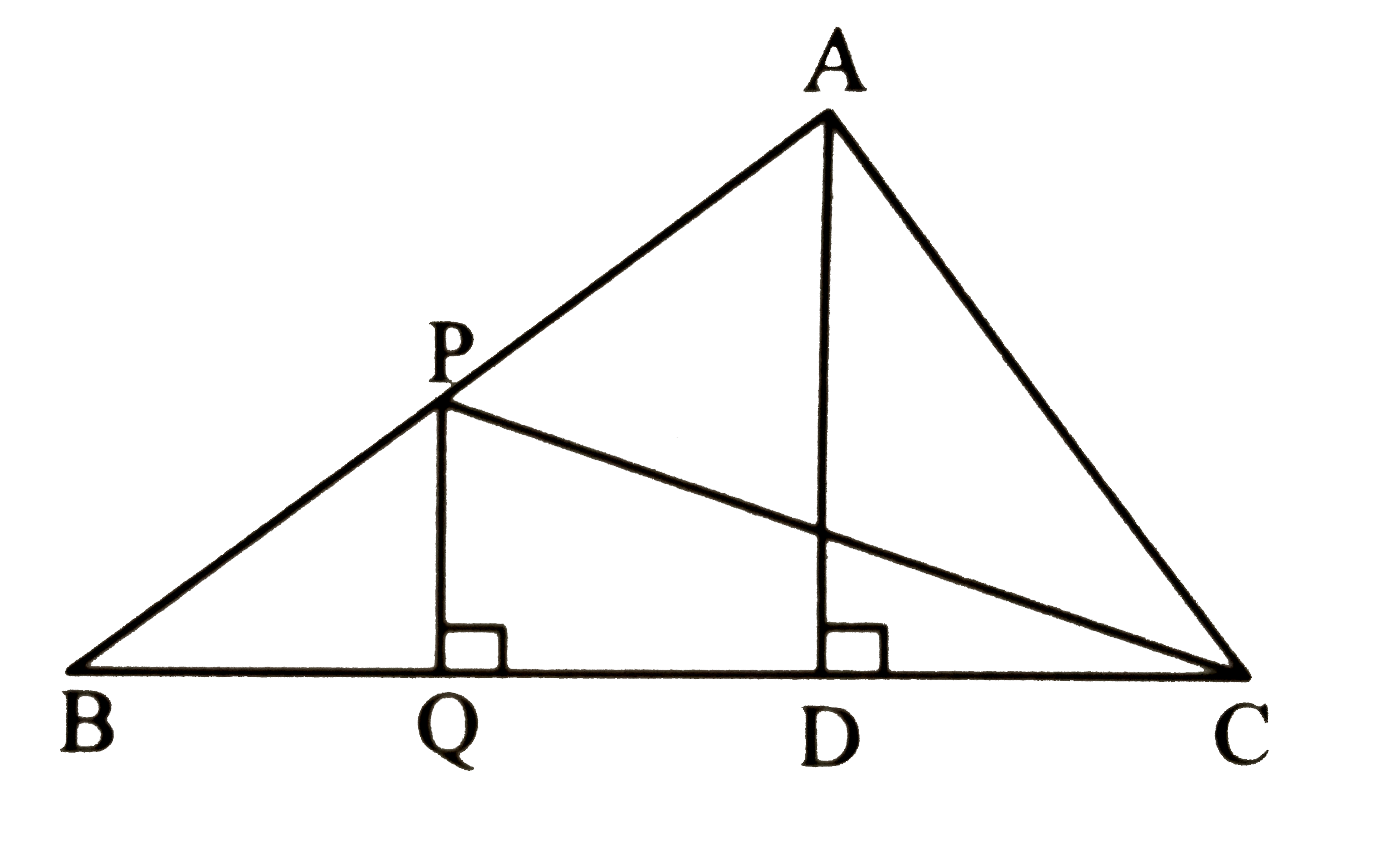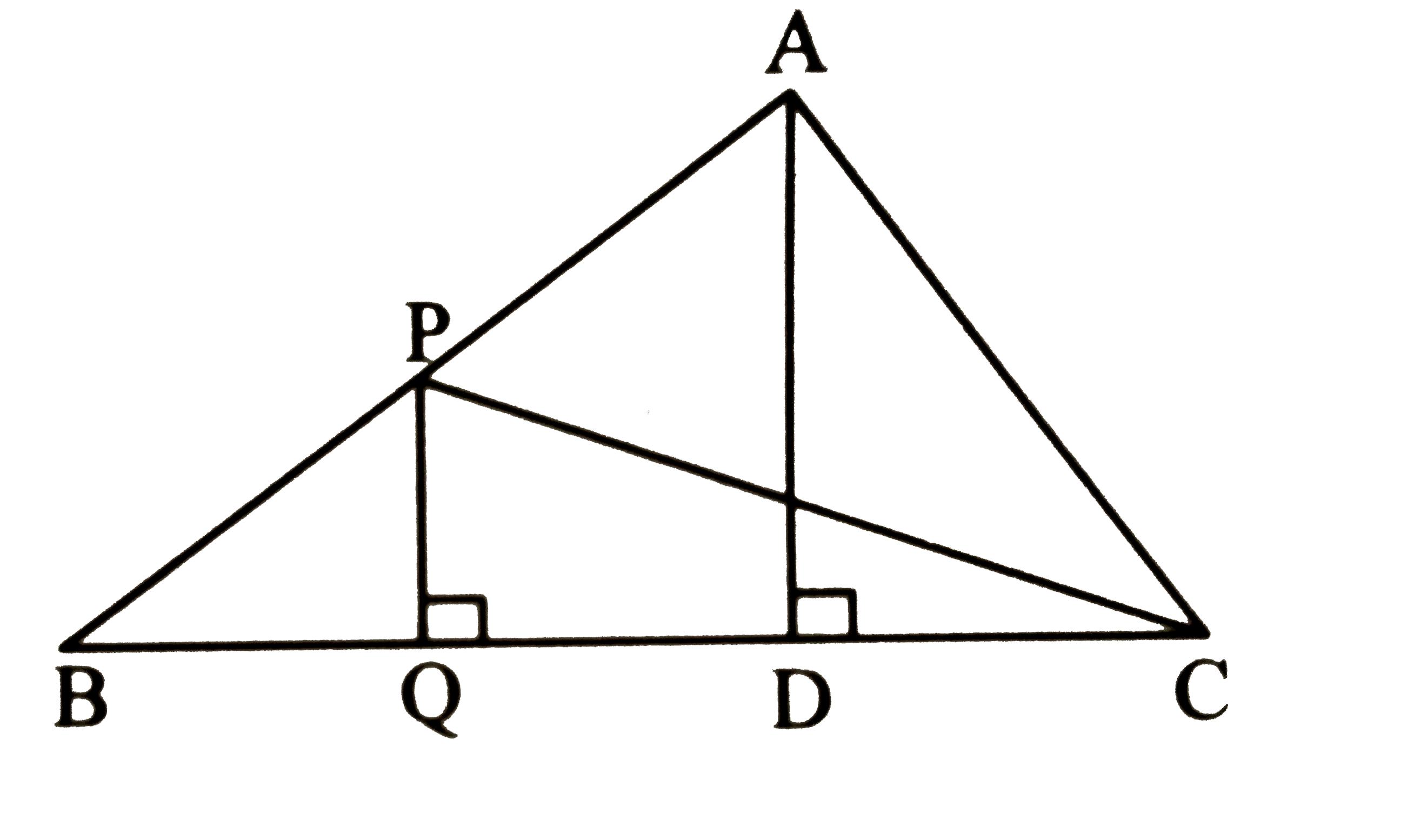In the adjoining figure, PQ⊥BC,AD⊥BC, then find ratio
A(ΔPQB)A(ΔPBC).

The correct Answer is:A(ΔPQB)A(ΔPBC)=BQBC
Step by step video & image solution for In the adjoining figure, PQ bot BC, AD bot BC, then find ratio (A(DeltaPQB))/(A(DeltaPBC)). by Maths experts to help you in doubts & scoring excellent marks in Class 10 exams.
Updated on:21/07/2023Topper's Solved these Questions
- SIMILARITY Book:TARGET PUBLICATIONChapter:SIMILARITY Exercise:Practice Set 1.2
Explore 11 Videos
- SIMILARITY Book:TARGET PUBLICATIONChapter:SIMILARITY Exercise:Practice Set 1.3
Explore 9 Videos
- SIMILARITY Book:TARGET PUBLICATIONChapter:SIMILARITY Exercise:Try this
Explore 1 Video
- QUESTION FROM STD. IXBook:TARGET PUBLICATIONChapter:QUESTION FROM STD. IXExercise:Statistics
Explore 14 Videos
- STATISTICSBook:TARGET PUBLICATIONChapter:STATISTICSExercise:Problem Set-6
Explore 21 Videos
Similar Questions
Knowledge Check
In the following figure, QA⊥ABandPB⊥AB, then AQ is
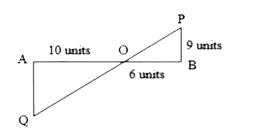 A15 unitsB8 unitsC5 unitsD9 units
A15 unitsB8 unitsC5 unitsD9 units
In the adjoining figure, PQ⊥BC,AD⊥BC, then find ratio
A(ΔABC)A(ΔADC).
View SolutionIn adjoining figure, PQ⊥BC, AD⊥BC then find the following ratios.
(i)A(ΔPQB)A(ΔPBC) (ii)A(ΔPBC)A(ΔABC)
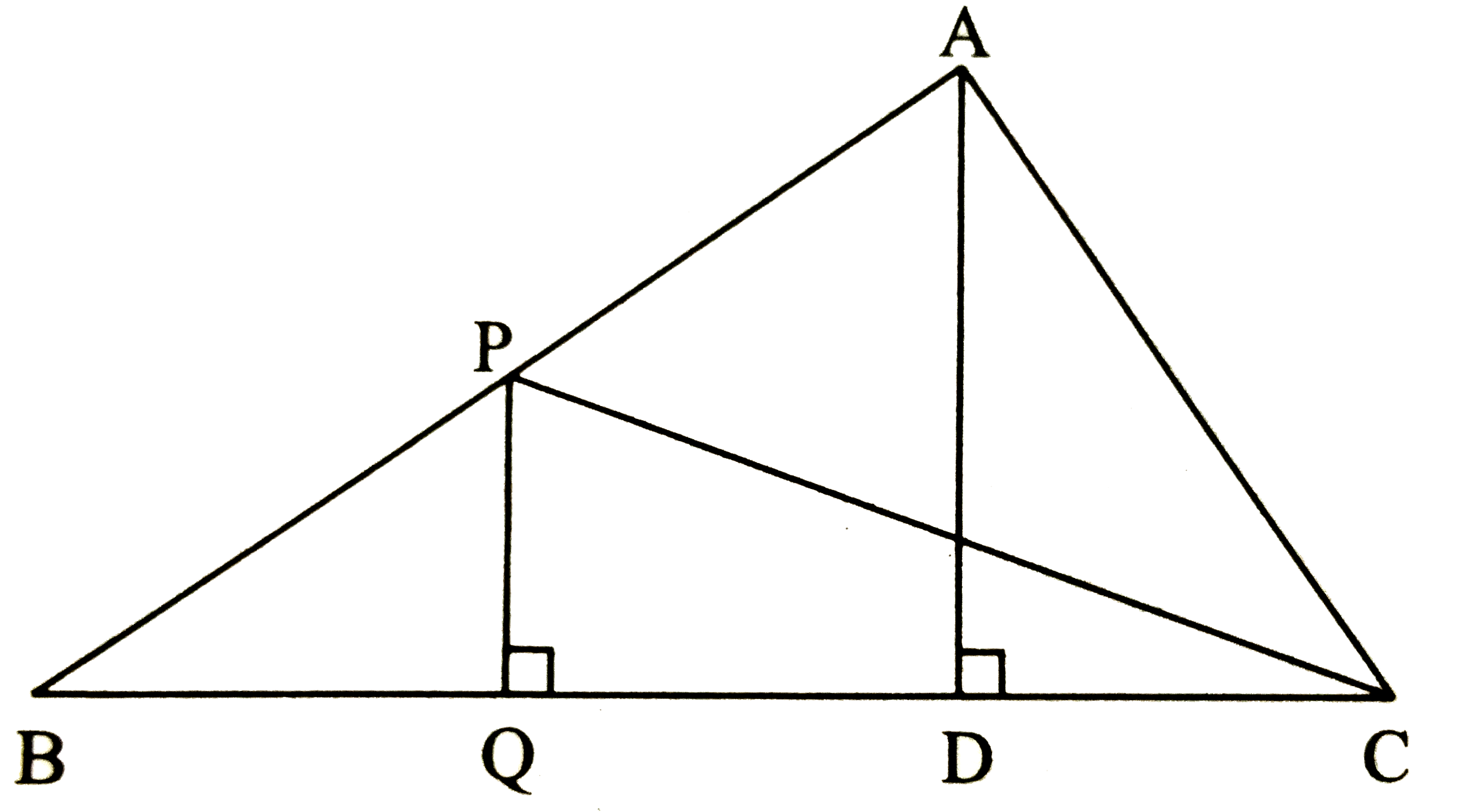
View SolutionIn the adjoining figure, AP⊥BC,AD||BC, then find A(ΔABC):A(ΔBCD).
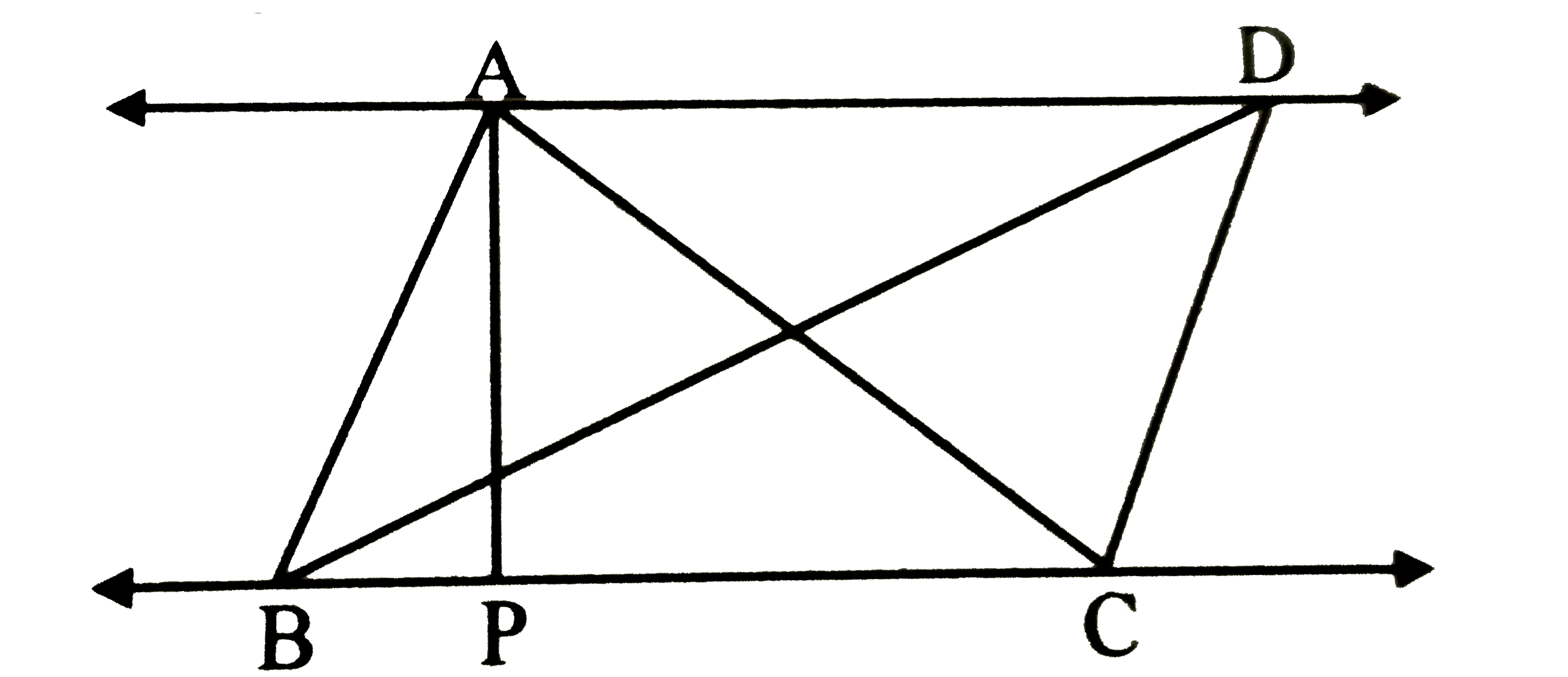
View SolutionIn the adjoining figure PQ⊥BC,AD⊥BC, then find following ratios:
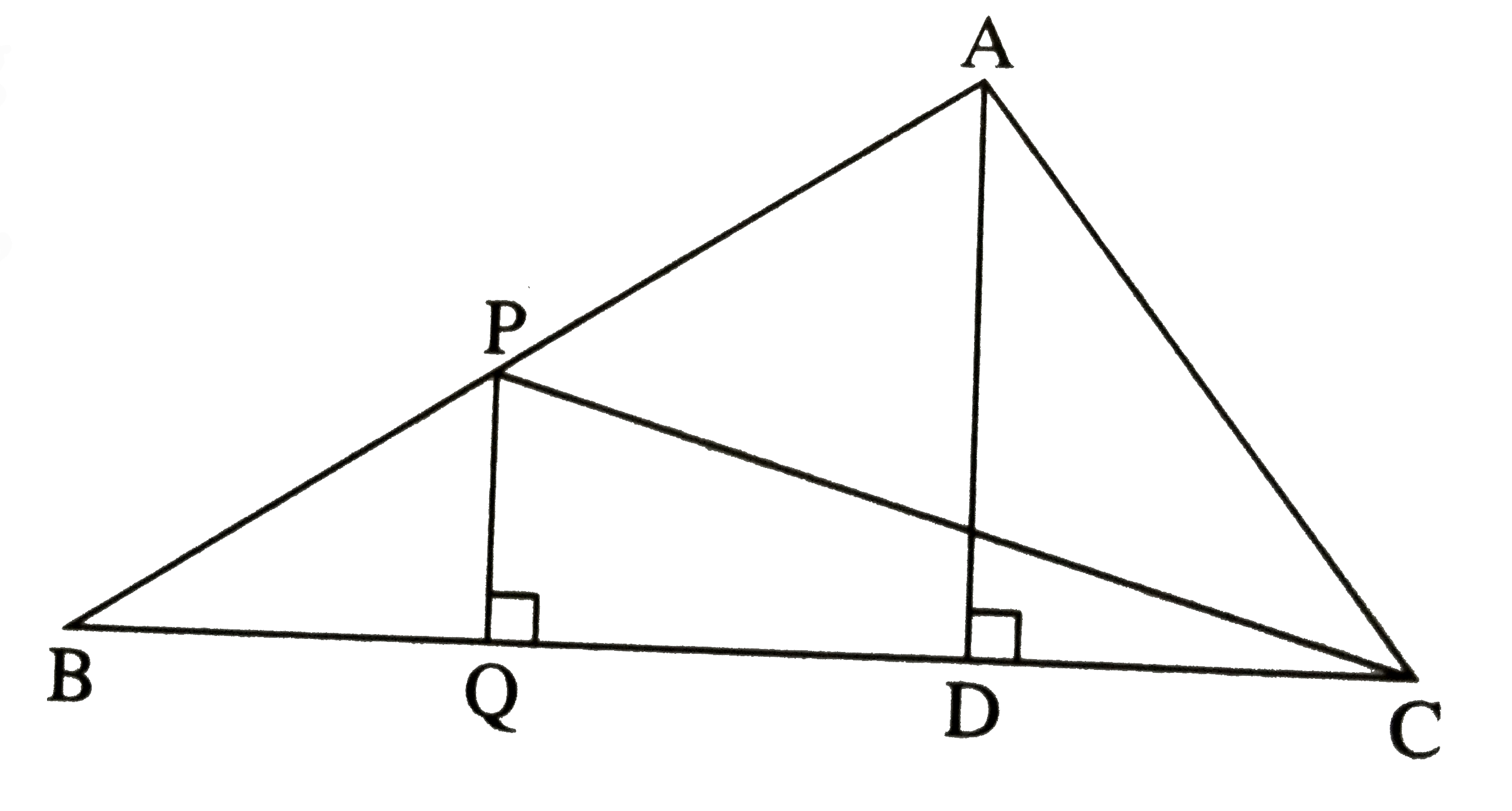
(i( A(ΔPQB)A(ΔPBC) (ii) A(ΔPBC)A(ΔABC)
(iii) A(ΔABC)A(ΔADC)(iv) A(ΔADC)A(ΔPQC)
View SolutionIn the adjoining figure, BC⊥AB,AD⊥AB,BC=4,AD=8, then find A(ΔABC)A(ΔADB)..
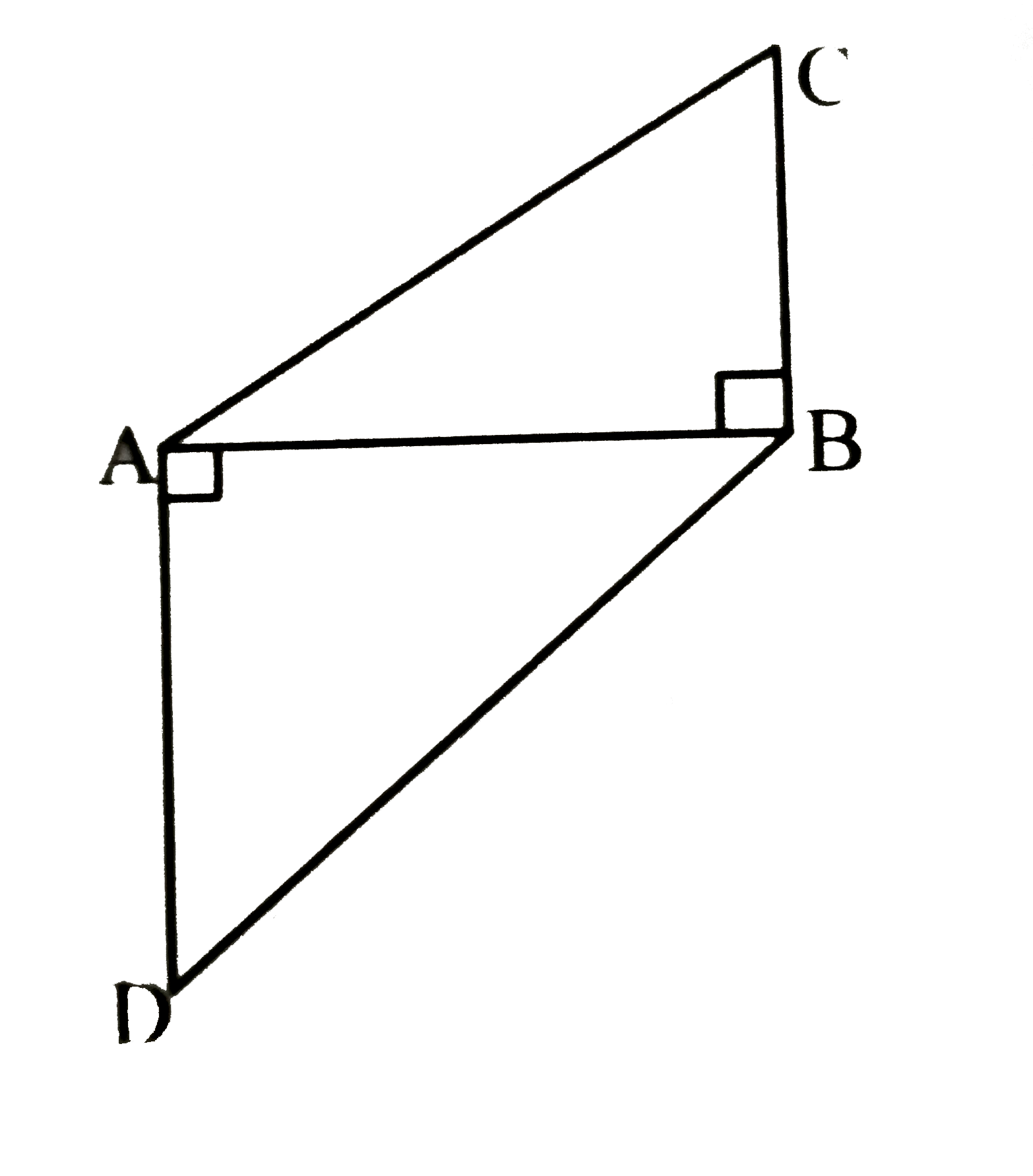
View SolutionIn the adjoining figure, AP⊥BC ,AD||BC ,then find A(ΔABC):A(ΔBCD) .
View SolutionIn adjoining figure,AP⊥BC , AD∣∣BC ,then find Ar.(ΔABC):Ar.(ΔBCD)Fig.
View Solution

